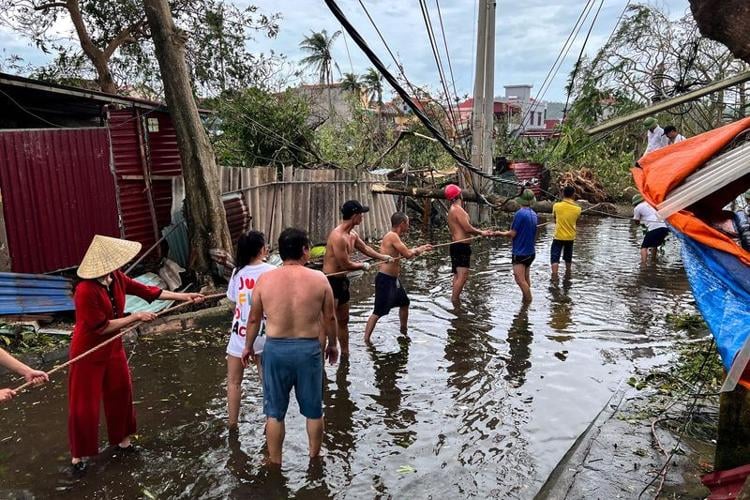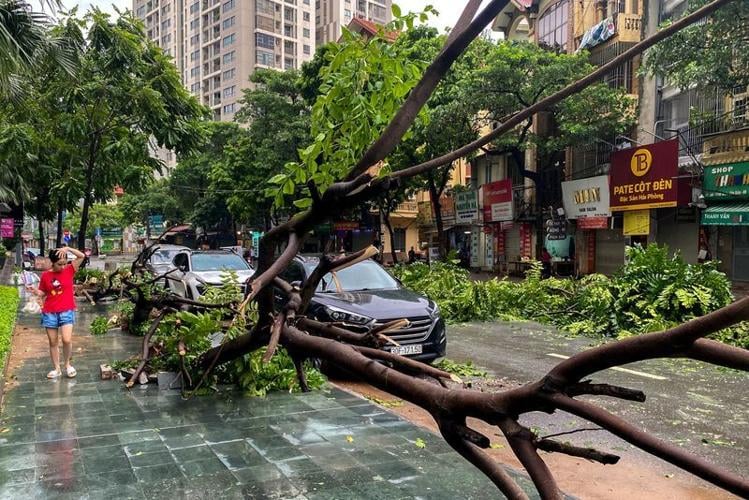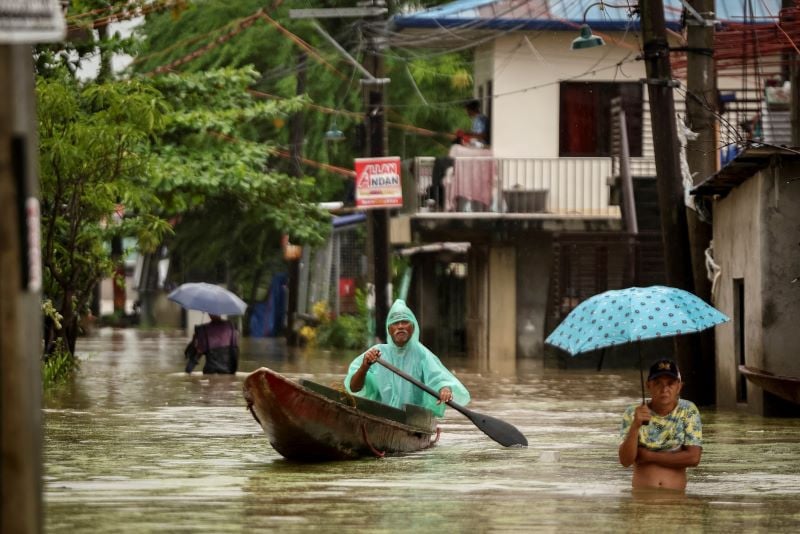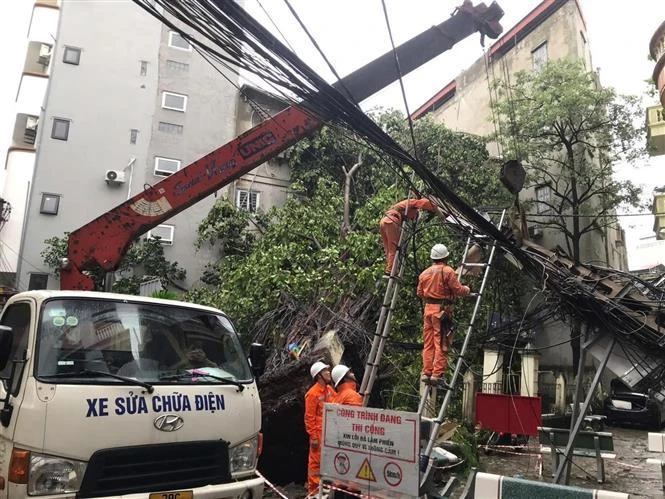Typhoon Yagi, the most powerful storm to hit Asia this year, has left a trail of destruction across northern Vietnam, resulting in at least 59 deaths and over 22 people missing, according to preliminary government estimates released on Monday. The majority of casualties were caused by landslides and floods triggered by the typhoon’s intense rainfall.

The storm made landfall on Saturday along Vietnam’s northeastern coast, an area home to significant manufacturing operations of both domestic and foreign companies. Although downgraded to a tropical depression on Sunday, Vietnam’s meteorological agency continues to warn of the potential for further floods and landslides.
Yagi’s impact has been widespread and severe. Millions of households and businesses have been left without power, highways have been flooded, and telecommunications networks have been disrupted. The storm’s ferocity also resulted in the collapse of a medium-sized bridge and uprooted thousands of trees, bringing economic activity in many industrial hubs to a standstill.

In Haiphong, a coastal city of two million people and a major industrial center, factory managers and workers reported ongoing power outages on Monday. Many were scrambling to salvage equipment from plants where metal sheet roofing had been torn away by the storm’s powerful winds. Bruno Jaspaert, head of DEEP C industrial zones, which hosts plants from over 150 investors in Haiphong and neighboring Quang Ninh province, described a scene of widespread damage and urgent efforts to secure facilities and protect inventory.
The storm’s impact on foreign-owned factories has been particularly notable. South Korean electronics giant LG Electronics saw the walls of its Haiphong factory collapse, as evidenced by photographs and eyewitness accounts. While LG confirmed there were no casualties among its employees, it acknowledged significant damage to its production site, including flooding in a warehouse storing refrigerators and washing machines.

Hong Sun, chairman of the South Korean business association in Vietnam, characterized the damage to Korean factories in coastal areas as “lots of damages,” indicating the widespread nature of the storm’s impact on foreign investments in the region.
The destruction extends beyond industrial zones. On Monday, authorities reported the collapse of a bridge in Phu Tho province, described as a key transportation link in the area. Initial investigations suggest that eight vehicles were on the bridge at the time of its collapse, though casualty reports are still pending.
As recovery efforts begin, the threat of further damage looms. Vietnam’s weather agency has issued warnings of additional floods and landslides, with expectations of heavy rain and strong winds in the capital city of Hanoi, home to 8.5 million people, late Monday.

The state-run power provider EVN reported that over 5.7 million customers lost electricity during the weekend due to dozens of broken power lines. As of Monday, power had been restored to nearly 75% of those affected, but significant work remains to fully restore the country’s power infrastructure.
This devastating storm underscores the vulnerability of Vietnam’s rapidly developing coastal regions to extreme weather events, likely exacerbated by climate change. As the country grapples with the immediate aftermath of Typhoon Yagi, questions are arising about long-term strategies for protecting vital industrial areas and infrastructure against future storms of this magnitude.



